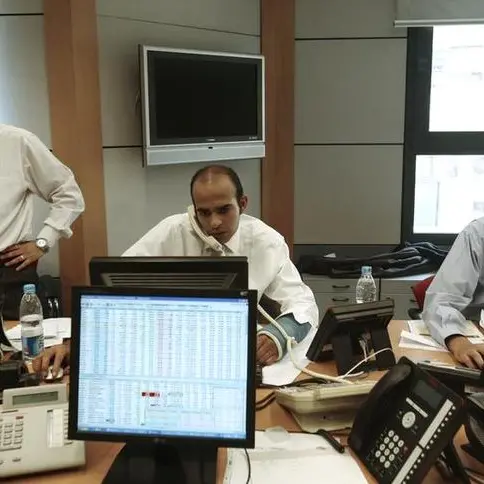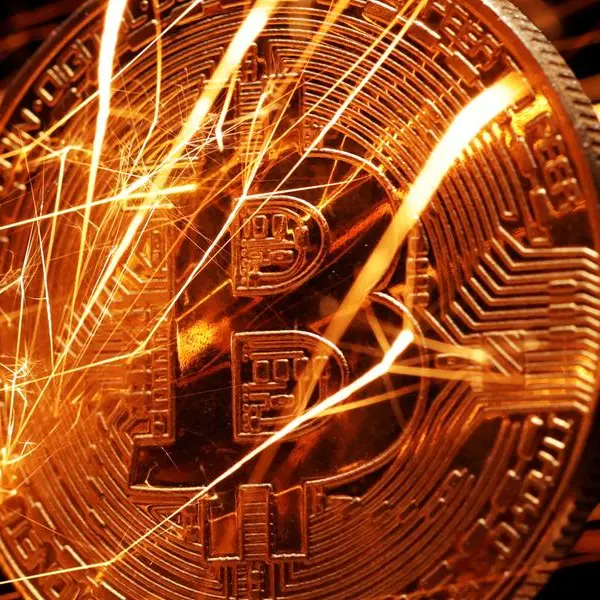A phase one trade deal between the US and China that reduces the likelihood of a trade war spiraling out of control has aided risk appetite and taken indices to fresh highs, but multiple factors are still at play between the two superpowers.
Last week was a busy one and heavy on central bank decisions where the US Federal Reserve, European Central Bank, and Swiss National Bank all opted to keep monetary policy on hold. And while that is expected to be the case with this Thursday’s Bank of Japan and Bank of England monetary policy announcements, it was the announcement of a US-China trade deal late last week combined with UK parliamentary elections set to end the Brexit saga (at last) that were both factors in driving equities to fresh highs, and aiding risk appetite in the financial markets.
In terms of what we know so far, the limited trade deal between the US and China involves the former suspending tariffs that were set to go into effect December 15th, cut existing tariffs on $120bn worth of Chinese imports from 15% to 7.5%, and keep 25% tariffs on the remaining $250bn. China in turn would make sizeable purchases of American agricultural, energy, and manufacturing goods. They’ve also announced the suspension on some additional tariffs that were set to go into effect on the same date while making clear that any phase two deal – which is already being talked about even prior to the current deal being signed and implemented – will depend on the phase one deal holding.
And it’s exactly that which remains worrisome in the mid to long-term and dents hopes that the current limited trade deal could expand to include the more crucial aspects of the underlying issues that surround the current relationship between the top two global economies. As it currently stands, both sides still have heavy tariffs on each other, remain strategic competitors, are at odds with regards to Chinese internal policy, and are unlikely to change their core economic and political models to come to a more comprehensive understanding.
A trade truce at best then, and one where it could still incentivize a further decoupling of the US-Chinese economies. The timing is fruitful given 2020 will be a US election year and it would aid US indices in posting fresh record highs, offering a more positive economic mood for investors. The announcement also allays fears that the trade war would have expanded to encompass the tech sector, where as a sector it has vastly outperformed the overall S&P 500’s gains over the course of 2019, and where a hit would have resulted in a significant reversal for the stock market.
For the rest of the world, this doesn’t necessarily translate into good news, especially if China will be forced to buy more from the US and hence less from the rest. Given it’s a combination of agricultural, energy, and manufacturing goods that they’ll be purchasing from the US, if global demand doesn’t improve elsewhere then we can expect manufacturing data that has been contracting as of late to remain tested, even if the sector can in the short-term exit the recessionary pressures it has been experiencing.
Nor does a US-China trade deal translate into a better global trade outlook, as the latest news shows the US considering 100% tariffs on more EU products, a bloc whose trade deficit with the US is far lower than that of China’s, and is America’s number one export market.
The phase one limited trade deal then – even if it isn’t signed or in effect yet – is the easiest of the hurdles to resolve, and may aid in providing some relief in terms of global USD illiquidity that serves as the currency which the majority of global trade is invoiced and settle in. But trade resolution will only get tougher from here on out, and there are plenty of factors that can sour the mood between the US and China, including (1) any anti-China legislature on the political front, (2) yuan weakness against a stronger dollar to make Chinese exports more competitive and entice a US response, (3) geopolitical tensions like warships sailing through the strait or action on the Korean Peninsula, (4) or actions taken against specific companies or sectors like the US against Huawei or the recent report that the Chinese government was planning to ban all government offices and public institutions from using foreign software and computers.
Lastly, in terms of share prices which have been reacting positively, while trade talk was a factor for short-term movement and momentum-based strategies, in the background it was central bank easing and the injection of liquidity snapping up government bonds and forcing money into riskier assets that has been the more long-term catalyst and could remain the case with central bank balance sheets continuing to balloon. With a lack of growth in other asset classes, fresh record highs are a likely scenario for US indices, but any and all gains made are expected to be eventually undone. Initiating a sell involves exposure to unlimited risk and limited rewards as opposed to buying where the risk can’t exceed the value of the asset. But at this stage, investors looking for the same rewards of yesterday will have no choice but to take on additional risk today to achieve it.
* Any opinions expressed in this article are the author’s own
Disclaimer: This article is provided for informational purposes only. The content does not provide tax, legal or investment advice or opinion regarding the suitability, value or profitability of any particular security, portfolio or investment strategy. Read our full disclaimer policy here.
© Opinion 2019





















